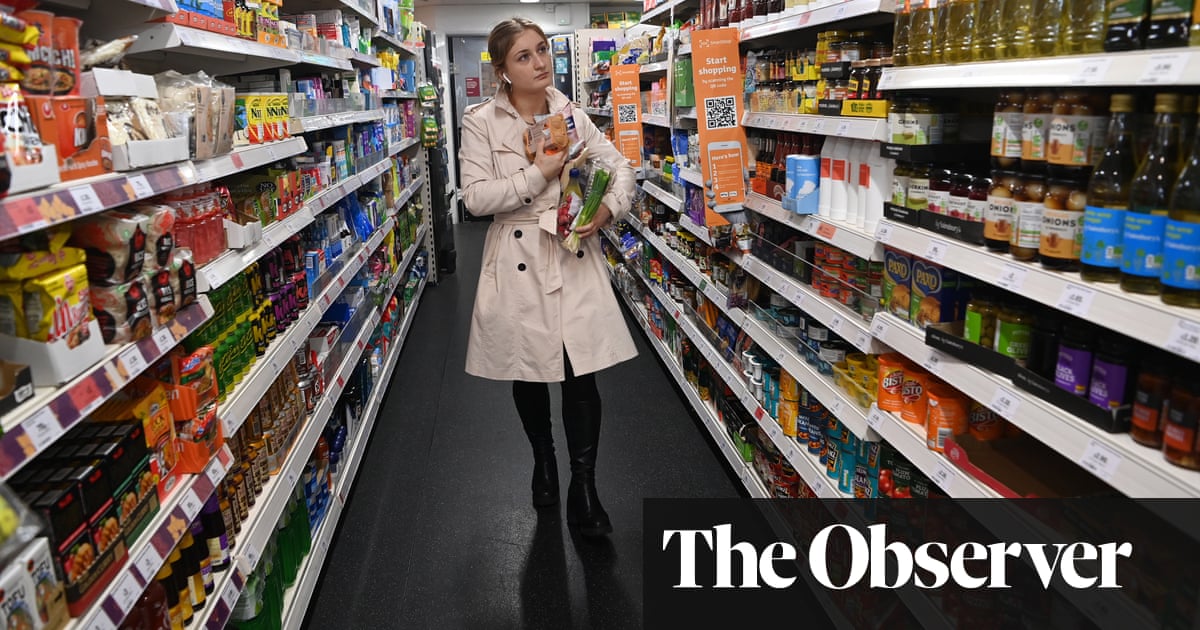
Aug 6 (Reuters) - It should have been a number to celebrate: The U.S. Black unemployment rate fell a full percentage point to 8.2% in July - the biggest drop of any major racial or demographic group. But a look behind the numbers reveals a distressing reality.
Nearly 250,000 African Americans left the workforce and the total number employed fell by 12,000 - a measure that rose solidly for whites, Hispanics and Asians.
The numbers indicate the drop in the Black unemployment rate was driven not by more people finding jobs, but by a rise in the number of people setting their job searches aside.
"We still have work to do," U.S. Labor Secretary Marty Walsh told Reuters on Friday. "I mean, we can"t completely celebrate this day."
The share of Black people either working or looking for work, known as the labor force participation rate, also fell 0.8 point last month to 60.8%. That was a reversal of the gain in June, when the labor force participation rate for Black workers rose and exceeded that of white workers for the second time in history. White workers once again have the advantage, with a labor force participation rate of 61.6%.
Employment numbers fluctuate from month to month, and economists say it"s important to focus on longer-term trends. But a look back during the coronavirus pandemic shows that Black workers still have more ground to recover to return to their pre-pandemic employment levels than white workers.
The unemployment rate for Black women, at 7.6%, is still 2.7 points above where it was in February 2020. The 8.4% jobless rate for Black men is 2.4 points above pre-crisis levels. White women, with an unemployment rate of 4.5%, are just 1.7 points above pre-pandemic levels, while the 4.9% unemployment rate for white men puts them 2.1 points above where they were before the crisis.
Walsh said that helping Black and Hispanic workers find jobs is only part of the challenge, noting that many of them were underemployed or underpaid before the onset of the pandemic. "We have some work to do there as well, lifting up the Black community, Latino community, and women," he said.
Another factor that may have played a role in the shifting labor dynamics last month: rising COVID-19 infections.
Some Black workers may have decided against taking jobs that might expose them to the virus, especially since African Americans are more likely to have health conditions such as diabetes that make them more vulnerable to the disease, said Kristen Broady, a fellow at the Brookings Institution.
"If more people were getting sick, having to take care of loved ones who got sick," that could have interfered with their ability to work, Broady said.











